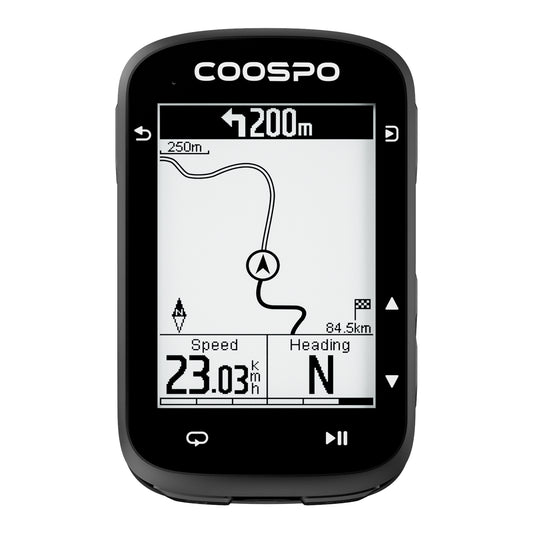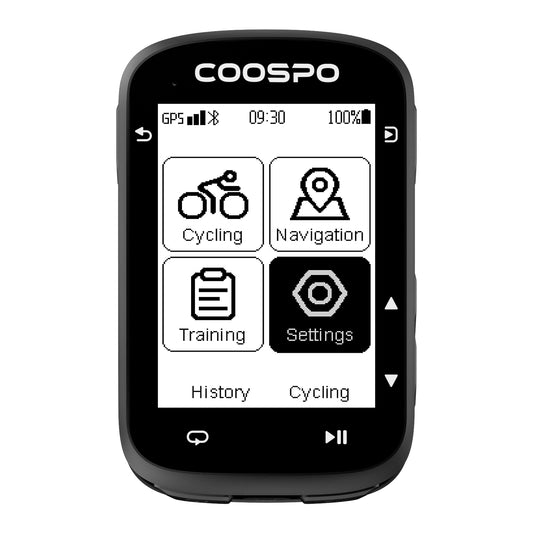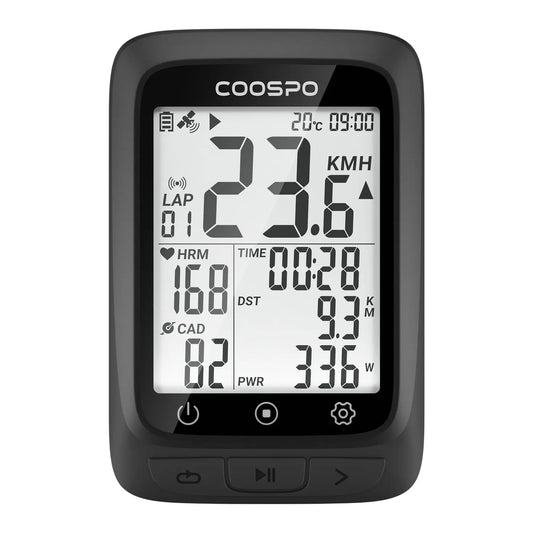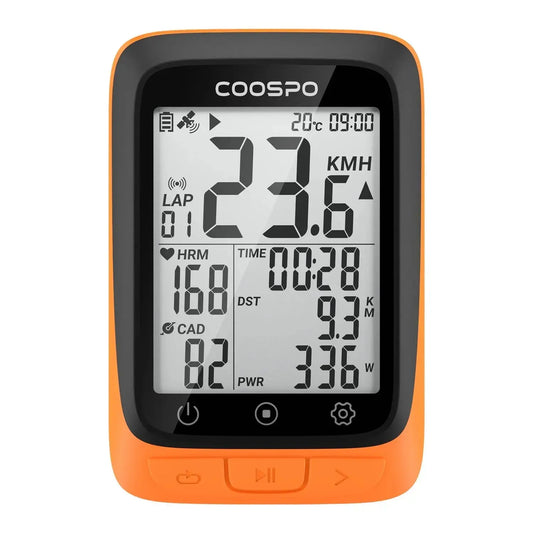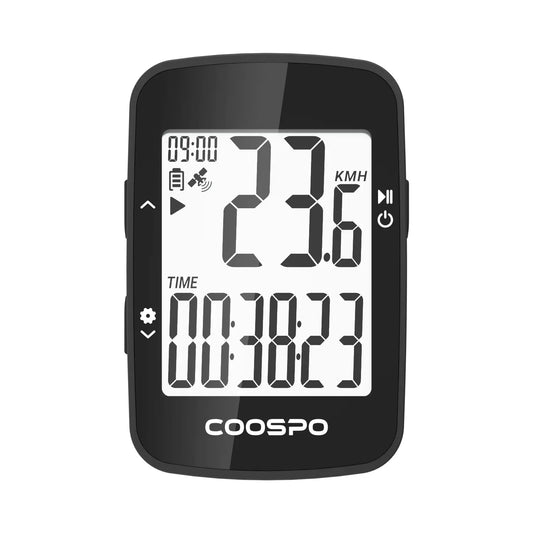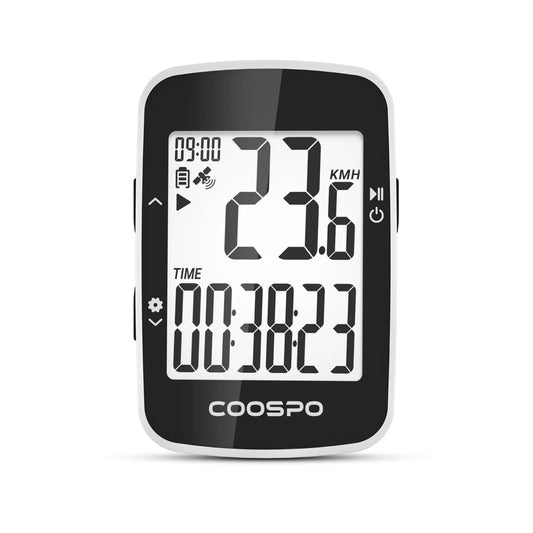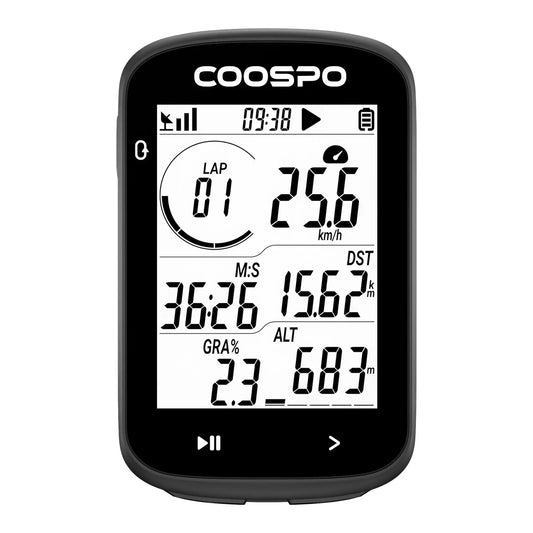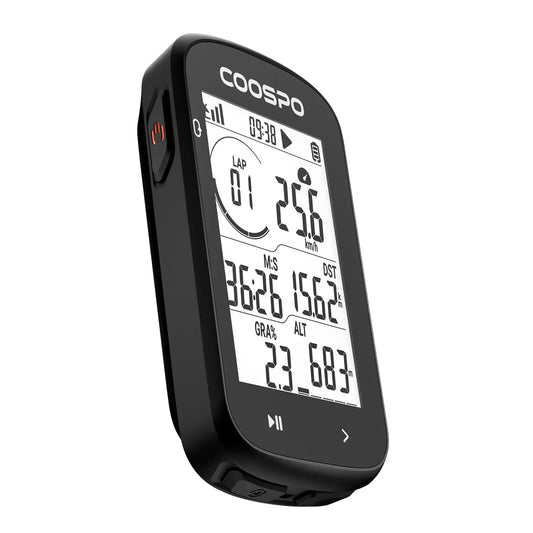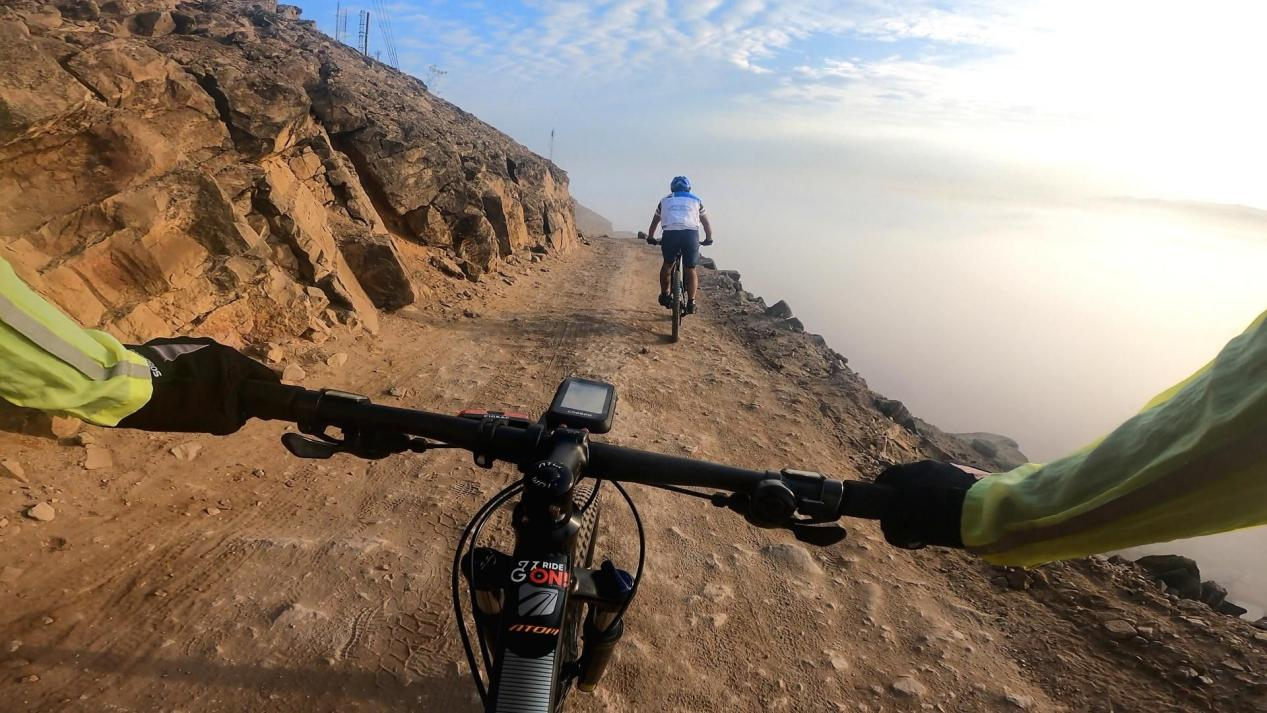Probably The Most Key Data In Cycling Is Cadence
Probably The Most Key Data In Cycling Is Cadence
The modern advancements in cycling equipment have led many to shift their focus from fundamental cycling skills to the data displayed on bike computers. Our fixation on increasing numbers and speed on power meters has resulted in a neglect of the essential elements of cycling technique. These techniques encompass pedaling frequency, seating position, crank mechanics, gear shifting, cornering, and more. Today, we will specifically address the aspect of cycling cadence.
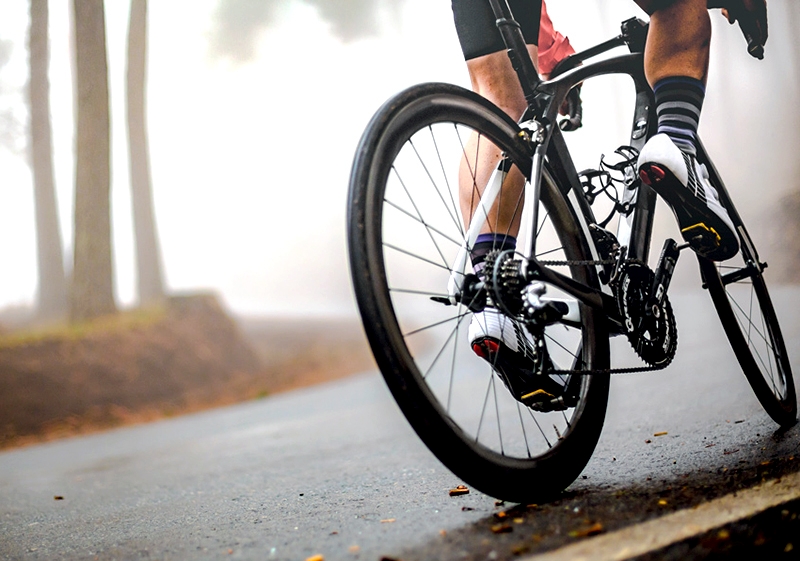
What is the meaning of cadence?
The term Revolutions Per Minute (RPM) may often be overlooked, but it holds significant value in the cycling community. It specifically denotes the number of revolutions per minute of one side of the crank, with the distinction that it pertains to each foot's individual revolutions, rather than the combined revolutions of both feet. This vital concept is important for cyclists, especially those new to the sport, to grasp and incorporate into their training and performance.
The unit of measurement is RPM (Revolutions Per Minute), which represents the number of times the pedal rotates in one minute. This is similar to the concept of running cadence and signifies how efficiently you are riding.
With a constant gear ratio, the power output of each pedal stroke increases as the cadence slows down, and decreases as the cadence speeds up.
The legs move back and forth while pedaling, similar to a running engine. This motion maximizes power output within a certain speed range. If you pedal too fast or too slow, your body won't be as efficient.
With the same speed and gear ratio, a slower cadence requires increased force for each pedal stroke, necessitating the use of core strength to push down; whereas a faster cadence demands less force for each pedal stroke, relying on core and upper body strength to maintain stability.
Optimizing your cycling rhythm can help your body work better, prevent muscle and knee injuries, and improve your overall cycling performance.
What is the best cadence?
There is no set standard for exercise because everyone's starting level of physical activity is different. This is particularly true for beginners, who shouldn't feel pressured to immediately meet a recommended pace. The most important thing is to gradually increase your level of activity and push yourself to do your best.
Similar to the concept of stride frequency, there exists a widely accepted optimal cadence of 180 steps per minute for running, and 90 revolutions per minute for cycling (or 180 combined for both legs). These values serve as a general and widely recommended standard for efficient performance.
The optimal cadence for cycling varies depending on individual physical characteristics, such as thigh length and flexibility. However, in general, a cadence of around 90 revolutions per minute is considered being efficient for most cyclists.
In initial research, scientists established the lowest oxygen consumption as the benchmark for determining the optimal cadence. It was in 1986 when Redfield and Hull provided an explanation for this phenomenon, conducting calculations on the combined torques of the leg joints in relation to cadence. Their findings revealed that the lowest oxygen consumption occurred at cadences between 90 rpm and 100 rpm.
This matches the preferred cadence range of professional cyclists in real-life, as noted by former USA Cycling National Team Coach Craig Griffin.
It's important to remember that the cadence mentioned is for experienced riders. If you find it hard to keep up this speed, don't get discouraged. Achieving this cadence takes a lot of training over a long time. If your muscles, endurance, and other physical abilities aren't at a certain level, trying to keep this cadence can make you tired and strain your body.
Keeping a fast pace is better for your joints, while a slow pace can cause more damage. Most beginner athletes aim for a pace of 70-80 rotations per minute while training. By considering their own situation, athletes can set achievable and appropriate short-term training goals. This is a more practical and effective approach.
In cycling, it's commonly said that pedaling faster helps you keep up a steady speed on long rides, while pedaling slower can give you a powerful burst of speed for a final sprint.
Lower cadence/faster speed: With a lower cadence, the body mainly burns glycogen, using fat as a supplement. This can result in faster fatigue and the need to consume larger amounts of sugar to sustain energy levels. The muscles also tend to thicken in response to this type of exercise, favoring anaerobic activity.
Higher cadence/faster speed: With a higher cadence, the body primarily burns fat, using glycogen as a supplement. This approach requires less reliance on sugar and leads to greater endurance, as fatigue is less likely to set in. Relative strength is also improved, making it an ideal choice for weight loss. Overall, this type of exercise is more akin to aerobic activity.
When tackling uphill terrain, a greater power output is required, which necessitates a relatively slower cadence, typically ranging between 75-85 revolutions per minute. This enables the engagement of a wider array of muscle groups, facilitating a quicker ascent up the slope.
When riding outdoors, you will frequently encounter a variety of road conditions and changes in wind direction. Making adjustments to the gear ratios using the derailleur to maintain a steady cadence can help conserve physical energy and enhance overall efficiency, ultimately making it easier to ride for longer distances.
How to get the cadence?

By utilizing the Coospo cycling cadence sensor, positioned on the designated area of the bike crank, the sensor captures cadence data through its acceleration sensor. This data is then transmitted to a bike computer or sports watch for display and analysis.
If you don't know how to install a cadence sensor, please watch this.



